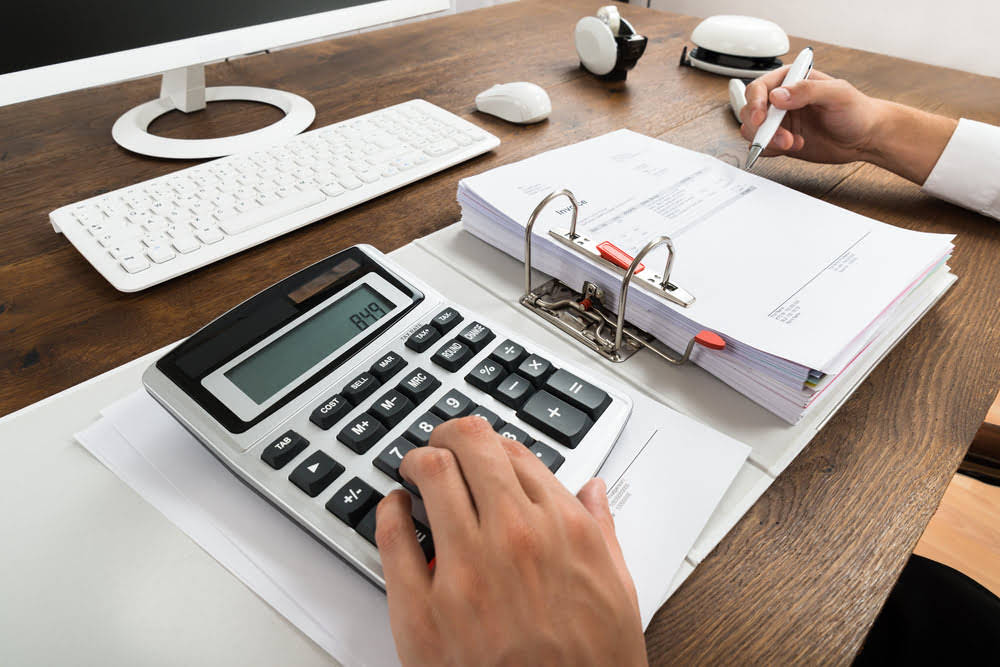
Manufacturers must consider the flow of inventory from raw materials to finished goods and choose an accounting method that accurately reflects this flow. FIFO may be suitable for manufacturers with consistent production processes, while LIFO may be beneficial for those facing rising material costs. The choice of method should align with the company’s production cycle and inventory management practices. Inventory represents a current asset since a company typically intends to sell its finished goods within a short amount of time, typically a year. Inventory has to be physically counted or measured before it can be put on a balance sheet.
What is Inventory Accounting?
Regular inventory audits are essential for maintaining accurate inventory records. Audits help identify discrepancies between recorded inventory and physical counts, detect theft https://www.bookstime.com/ or loss, and ensure compliance with accounting standards. Businesses should establish audit procedures and schedules to maintain the integrity of their inventory data.
- A cost-of-goods-sold transaction is used to transfer the cost of goods sold to the operating account.
- Given ongoing supply chain troubles, skyrocketing prices, and never-ending shipping delays, eCommerce brands have been going through a seriously tough time.
- Inventory can be categorized in three different ways, including raw materials, work-in-progress, and finished goods.
- When shelving or stocking new inventory, you can use methods such as “last in, first out” (LIFO) or “first in, first out” (FIFO).
- Lisa calculates this number by taking the total inventory purchased in the year, $1250, dividing it by the total number of lipstick units, 90.
Case Studies: Successful Inventory Accounting Strategies

Let’s say a retailer conducts a monthly inventory count using the periodic system. Throughout the month, the business owner purchases $5,000 in new products and sells $3,500 units to customers. At the end of the month, they conduct another periodic inventory count and find that their ending inventory is worth $40,000. Learning how to manage inventory efficiently is critical to any business that sells physical goods.
How to do inventory accounting with the FIFO method
Process the transaction on an Internal Billing (IB) e-doc to credit interdepartmental income on your operating account and debit an interdepartmental expense in the purchasing department’s account. This will show income (credit – C) to the operating account and an expense (debit – D) to the customer’s account that is receiving the inventory. Goods for resale are purchased through the purchase order process (follow purchasing procedures). When goods are received, the packing/receiving slip should match the invoice and materials you received. Reconcile the Inventory object code for products received to invoices received.
- Ensure that all employees responsible for inventory control and accounting entries are knowledgeable about the products and items inventoried.
- There are two central inventory accounting systems that your business can choose to use when tracking and recording inventory finances.
- The acronyms used in this calculation are beginning inventory (BI), net purchases (NP), cost of goods sold (COGS), and ending inventory (EI).
- When it comes to inventory accounting, you’ll learn everything you need to know in this guide to inventory accounting.
- Yes, simply put, all businesses must report their inventory to the Canada Revenue Agency.
There may not be one perfect type of inventory management, because there are pros and cons to each. But taking advantage of the most fitting type of inventory management style can go a long way. The method allows companies to save significant amounts of money and reduce waste by keeping only the inventory they need to produce and sell products.
Introduction to Inventory Accounting
These help you find and remedy small inventory inaccuracies before they become big problems. The best procedure is to receive stock against your purchase order, and open and check all cases and containers to make sure everything is correct. Don’t rely on box labels and supplier packing slips since their staff can make mistakes, too.
Choose an inventory valuation method
When your supply begins to run low in late January, you turn to another supplier, who offers you a price of $5 per crystal, so on January 30, you purchase an additional 100 crystals at the new cost. For example, on January 2, 2020, you purchase 100 crystals from your regular supplier at a cost of $4 each. On January 15, you need to purchase an additional 100 crystals, but your regular supplier raised the price to $6 each. Charlene Rhinehart is a CPA , CFE, chair of an Illinois CPA Society committee, and has a degree in accounting and finance from DePaul University.

Advantages of Inventory Management
- That’s because of the challenges it presents, including storage costs, spoilage costs, and the threat of obsolescence.
- Once you have good processes and procedures in place, you’ll soon find more time for business-building activities.
- Inability to accurately forecast sales and plan inventory acquisitions results in a manufacturer’s inability to fulfill orders.
- We need to look at three main characteristics of inventory to determine whether an asset should be accounted for as merchandise.
- Your inventory is your lifeblood, so it’s essential you manage it accordingly.
Say Robert runs a jewelry shop and uses the LIFO costing method to manage his inventory. Later, he chooses to buy another 50 silver necklaces, but this time, the price has gone up to $30 per item. Poor demand planning costs retailers a collective $350 billion per year in lost revenue.
The EOQ model seeks to ensure that the right amount of inventory is ordered per batch so a company does not have to make orders too frequently and there is not an excess of inventory sitting on hand. It assumes that there is a trade-off between inventory holding costs and inventory setup costs, and total inventory costs are minimized when both setup costs and holding costs are minimized. Some companies, such as financial services firms, do not have physical inventory and so must rely on service process management.
- For example, on January 2, 2020, you purchase 100 crystals from your regular supplier at a cost of $4 each.
- Basically, a count is performed periodically throughout the year to see what was sold and what was left.
- Inventory devaluation reduces (C) the Inventory object code for the devaluation of goods not sold over time and increases (D) the Cost of Goods Sold object code in the sales operating account.
- Companies typically maintain sophisticated inventory management systems capable of tracking real-time inventory levels.
- This shows how much money you’ve spent on products you’ve already sold, including cash you’ve spent on product development, materials, labor, and operations.
As much as we try, it’s impossible for everyone to get everything right all of the time. You might double count one item, forget about a specific SKU, or miscount how many items you’re looking at. The periodic inventory system also helps inventory account you calculate the cost of goods sold (COGS) in a specific reporting period. This shows how much money you’ve spent on products you’ve already sold, including cash you’ve spent on product development, materials, labor, and operations.


